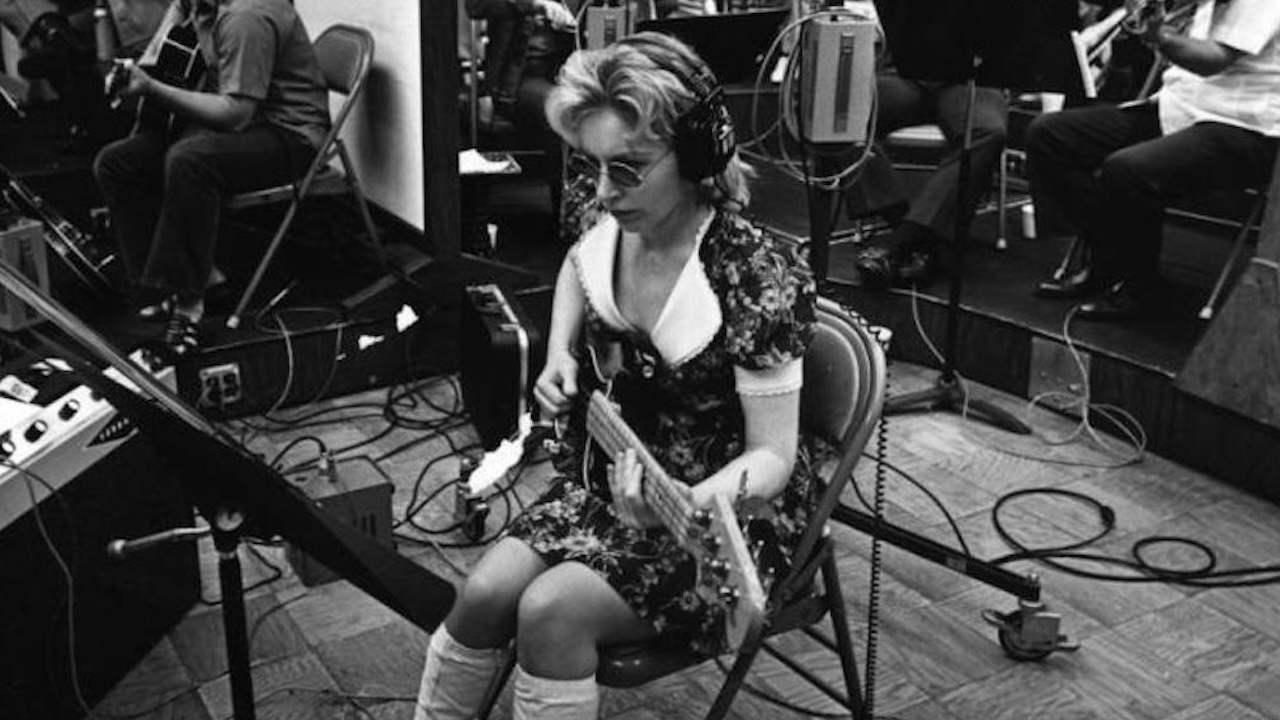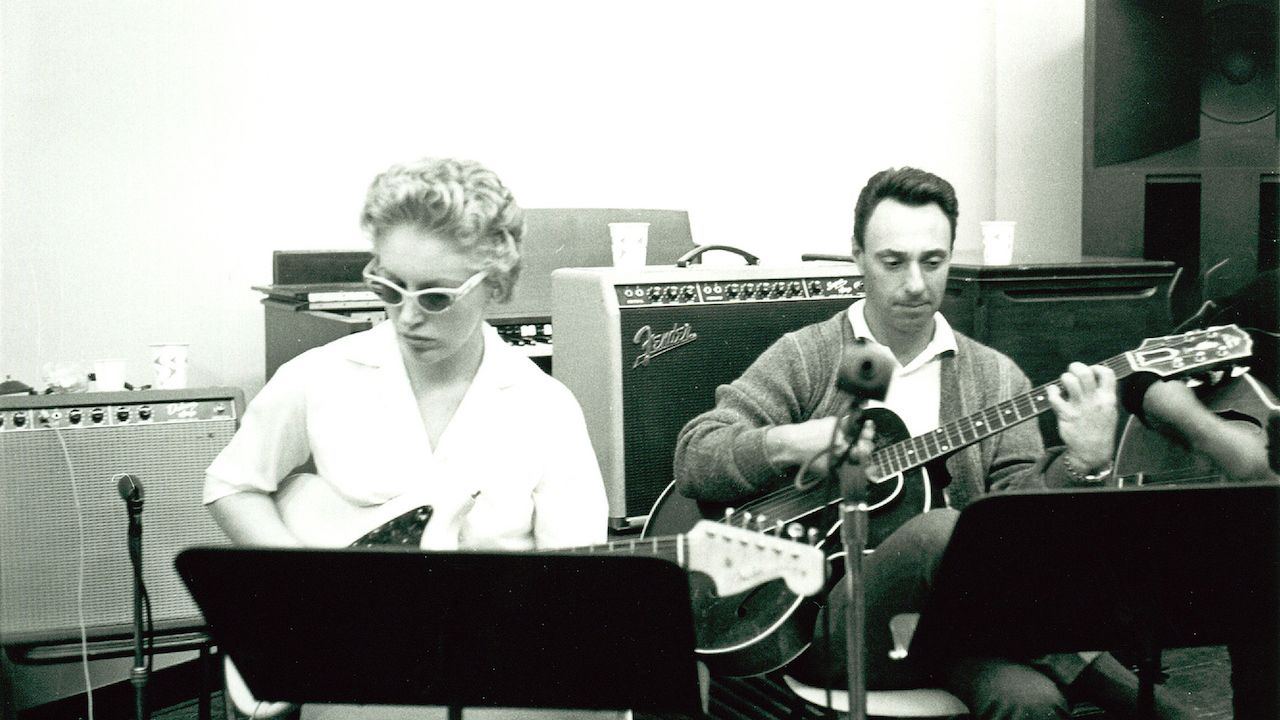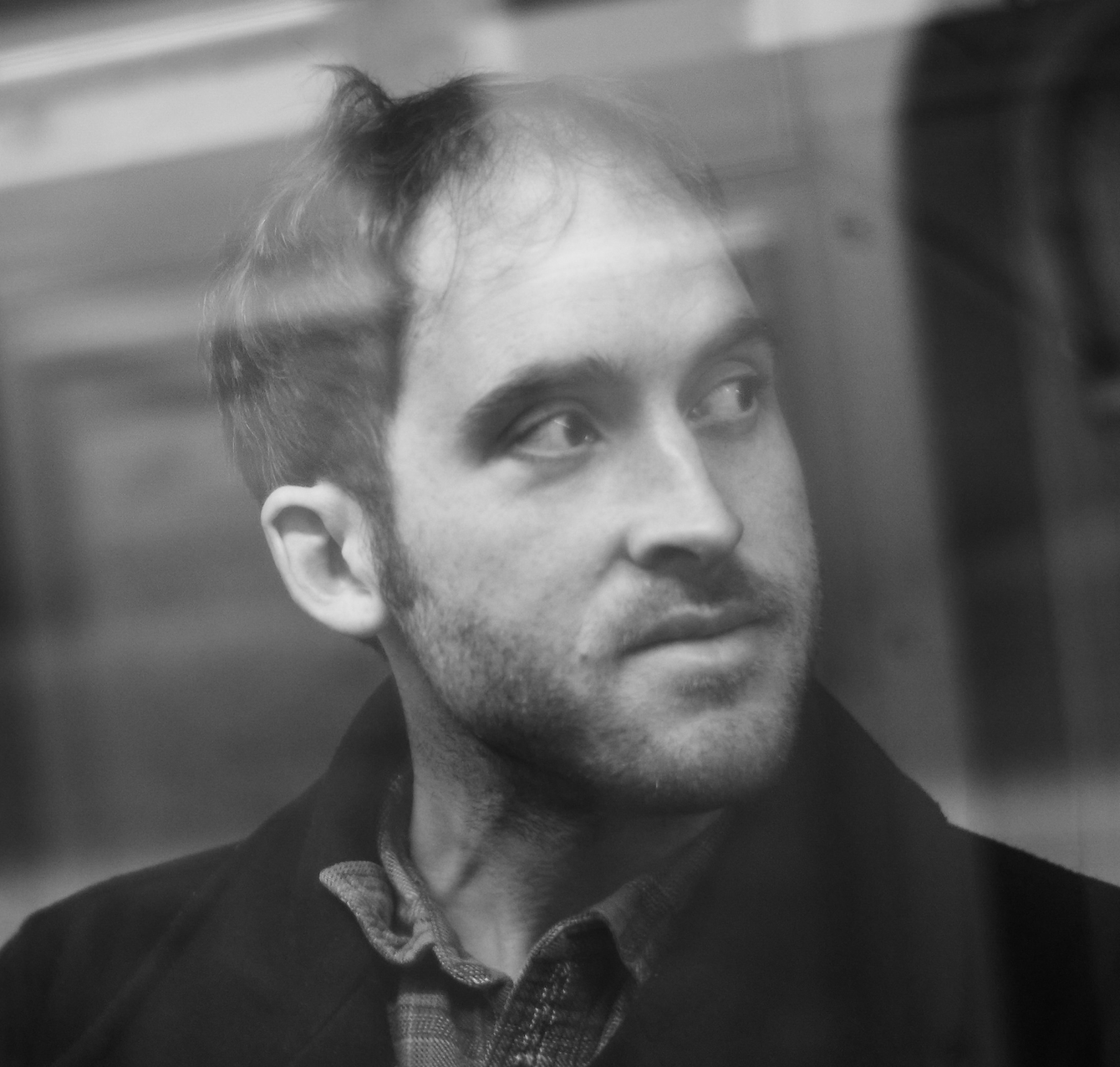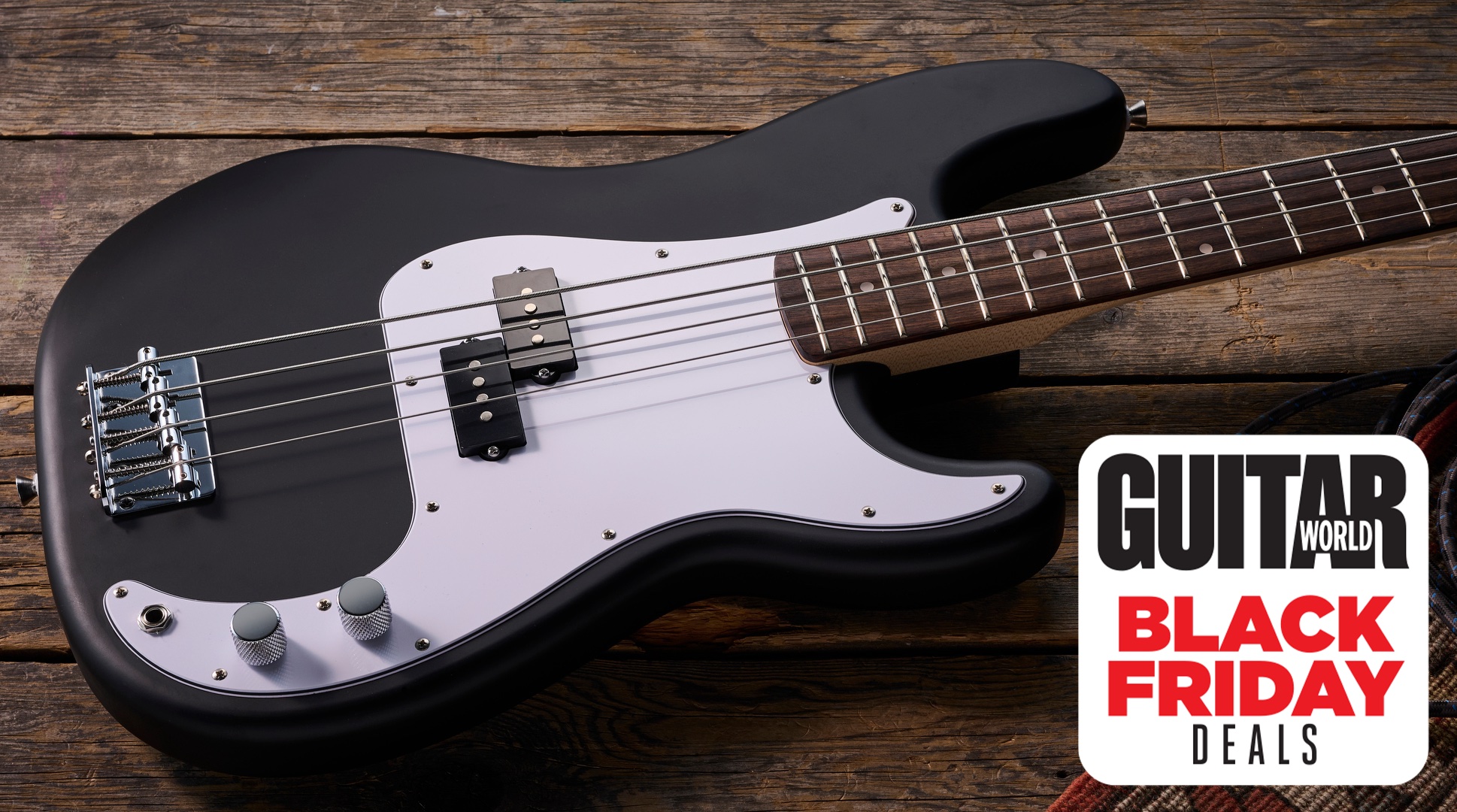“Keep your mind on the music. I never thought of myself as a ‘woman’ musician at all, but a guitarist and then a bass player”: Studio bass icon Carol Kaye on why it is not about who you are, but how and what you play that defines you as a musician
As one of L.A.’s top studio musicians during the ‘60s, Carol Kaye’s credits rival anyone's. In this classic 2009 interview, she talks influences, teaching, and how she feels about being a role model

When is a bass player not a bass player? When she's a ‘female bass player’, a term which makes great bassists like Tina Weymouth, Melissa Auf Der Maur, Kim Deal, Kim Gordon, Gail Ann Dorsey, and recent Rock & Roll Hall of Fame inductee Carol Kaye roll their eyes in despair.
It's been nearly six decades since Kaye made her debut on the bass and five since Weymouth first played on the New York punk scene (where she recalled crowds staring at her as if she was, as she put it, “a performing monkey”) and we still can't quite contain our surprise when a person of the female persuasion wields a bass guitar in anger.
As one of LA's top session players during the 60s, Kaye was a favourite among producers like Phil Spector and Lou Adler, while Quincy Jones wouldn’t book a film session without her. Jones later wrote in his 2001 autobiography, “The Fender bass player Carol Kaye could do anything and leave the men in the dust.”
Aside from her incredible session career, Kaye has also taught a number of noted bassists. Early on in her teaching career, she gave private lessons and worked with beginners before going on to help professional musicians, students who “don't need a lot of lessons to get going.” Past students include Gene Simmons, and even Sting was full of praise for her education books.
“I teach the way people taught music in the '50s,” Kaye told Bass Player back in 2009. “Everybody who taught music then had to get people out to play standards and jazz, because that was the music that everybody played.”
“I teach both men and women, and I do teach them a little differently. Most women are very smart, very sharp. and they get their reading and sense of groove going really good. With men I can always tell when they've had enough, because there's a glaze that comes over their eyes.”
“But sometimes women think, ‘I’m a woman bass player or a woman guitar player.’ I tell them, don't think ‘woman’: A man isn't thinking, I’m a man guitar player or male bass player.”
All the latest guitar news, interviews, lessons, reviews, deals and more, direct to your inbox!
“Remember, this is not your identity – this is something you're learning, so keep your mind on the music. I never thought of myself as a ‘woman’ musician at all, but a guitarist and then a bass player.”
Ironically Kaye began her career as a jazz guitar player and got into studio bass playing only when she stood in for a session player who failed to turn up at Capitol Studios in 1963. Kaye went on to inspire many other female bass players from Kathy Valentine of the Go-Go's through to Sheryl Crow.
With so many bassists name checking Kaye as a huge influence, are there any female bass players that she looked up to?
“There were tons of great women jazz musicians in the 40s and 50s of which the general public and even a lot of musicians are not aware of today. The men back then respected them too and women played with the men constantly; it was not a rarity. I always emulated the men as they played what I wanted to play. The women were great, but I had different ideas.”

Kaye must be sick to death by now of journalists asking her about being the ‘First Lady’ of bass playing, but is she hopeful that other women can make a similar impact on the bass world?
“They're doing it already! There's many women who have emulated me like Kathy Valentine of the Go-Go's. Sheryl Crow and even Whoopi Goldberg studied out of my books and gave me credit for their success. I also taught jazz improvisation to Alison Prestwood who is a top studio bassist in Nashville.”
Naturally, we’re keen to hear what crucial pieces of advice Kaye would offer to budding female bassists looking to follow in her footsteps.
“I don't expect people to ‘follow in my footsteps’ although that is flattering. I expect everyone to develop their own talents and their own abilities by studying well and practising.
“Men who attack female players are usually scared to death of women getting good enough to take jobs away from them. Most of the men who attack seem to do it on the Internet and probably don't even play, but have a bone to pick with their mother, their ex-wives or whatever as long as they're female. How to handle it? Don't answer them. Don't cast pearls before swine is my answer.
“Being a good musician speaks it all, not copping out to childish viewpoints like, ‘Men don't like me because I'm a woman.’ Women have been successful in the music world for a hundred years. It's time to grow up and take the reins!”

Nick Wells was the Editor of Bass Guitar magazine from 2009 to 2011, before making strides into the world of Artist Relations with Sheldon Dingwall and Dingwall Guitars. He's also the producer of bass-centric documentaries, Walking the Changes and Beneath the Bassline, as well as Production Manager and Artist Liaison for ScottsBassLessons. In his free time, you'll find him jumping around his bedroom to Kool & The Gang while hammering the life out of his P-Bass.
You must confirm your public display name before commenting
Please logout and then login again, you will then be prompted to enter your display name.

